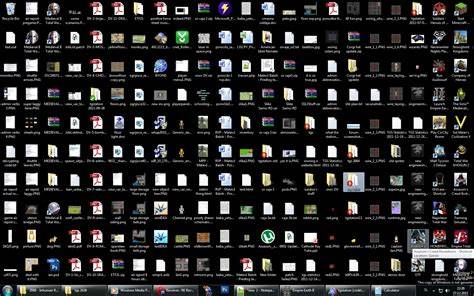Happy Friday everyone!
Today, lets talk pet peeves. If you’re not familiar with the term, it means something of frequent/continual annoyance to someone.
Mine is when backup repositories are used for ANYTHING other than backups/data restoration.
I see it a lot with people’s personal backups and in smaller businesses. It’s often a scenario such as:
I find a file share on a backup repository, and I ask, what’s that doing there? Then I’ll be told that there were some files that were far too big to sit on their expensive storage such as marketing media shares full of videos and photos.
I was always taught to assume positive intent so I’ll ask something like “oh okay, have they copied what they need so it can be deleted?”
More often than not I’ll be told, nope they need the data still as XYZ department needs it. I’ll then ask the key question, “okay, where’s be being backed up to? And what frequency?” At this point I always get the same response “we have nowhere big enough to back this up to”.
The person I’m speaking to normally knows at this point, the point that I’m making, and they can see the problem for themselves. Data on a backup server isn’t a backup if it’s the only copy. At that point you’ve got a live server you’re backing up to, and now you have more problems.
That’s my pet peeve off my chest ready to go into the weekend more relaxed, what’s yours?





